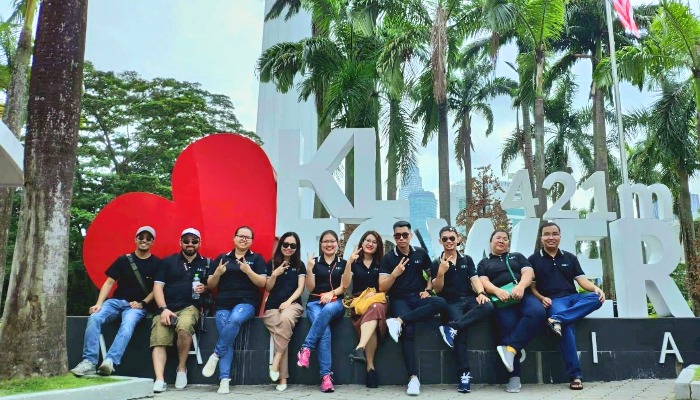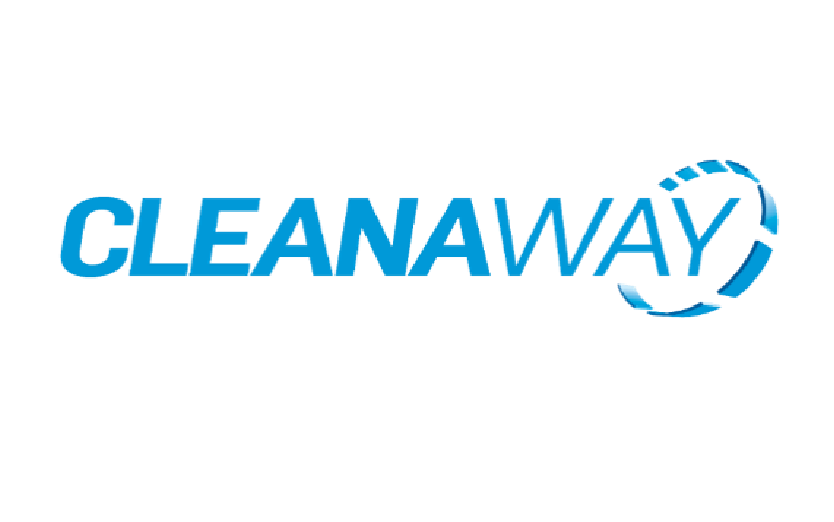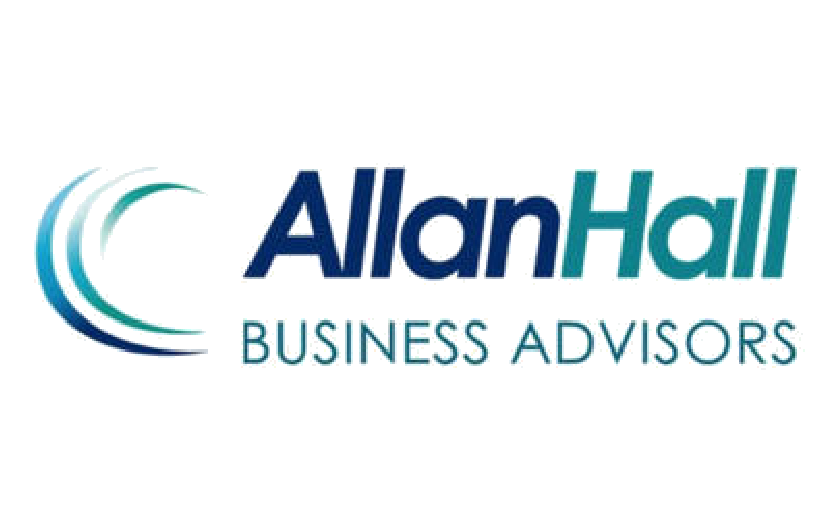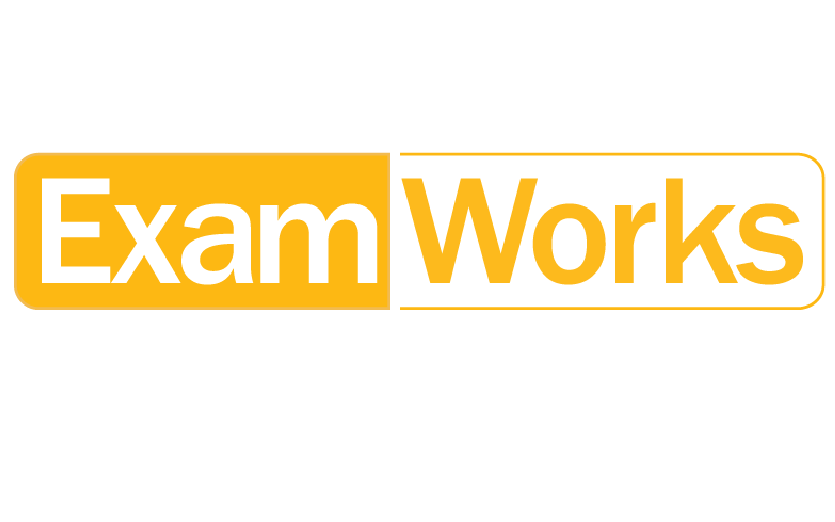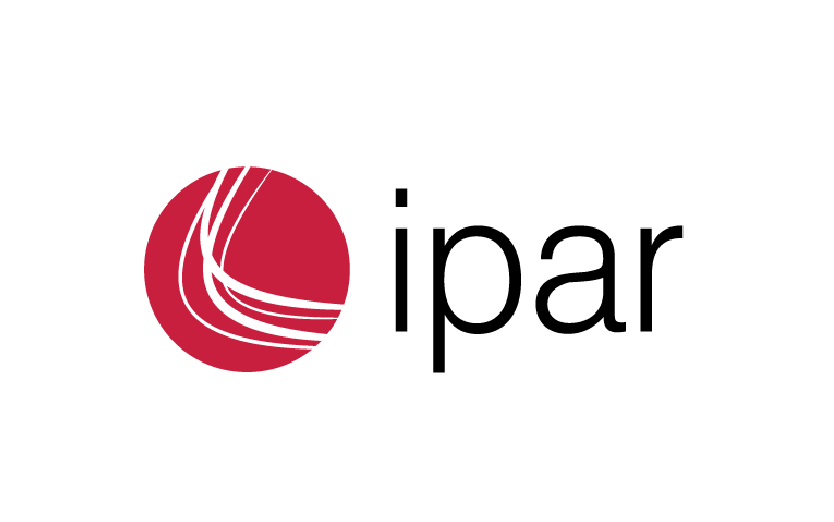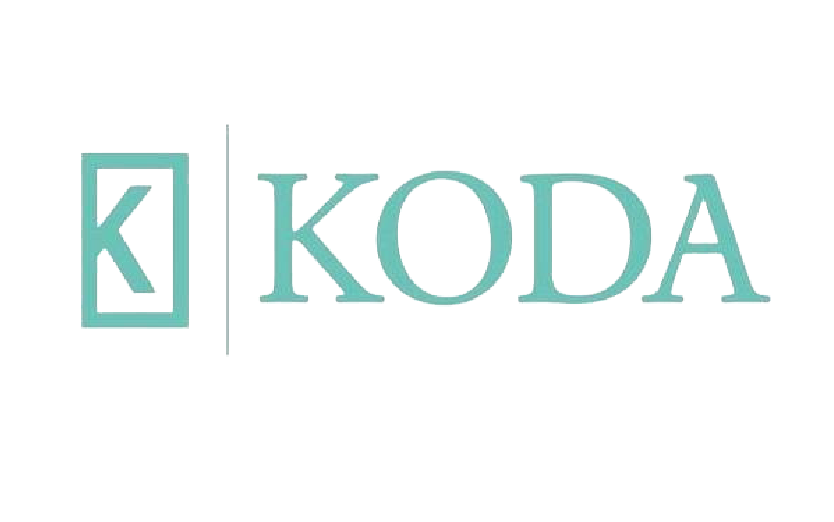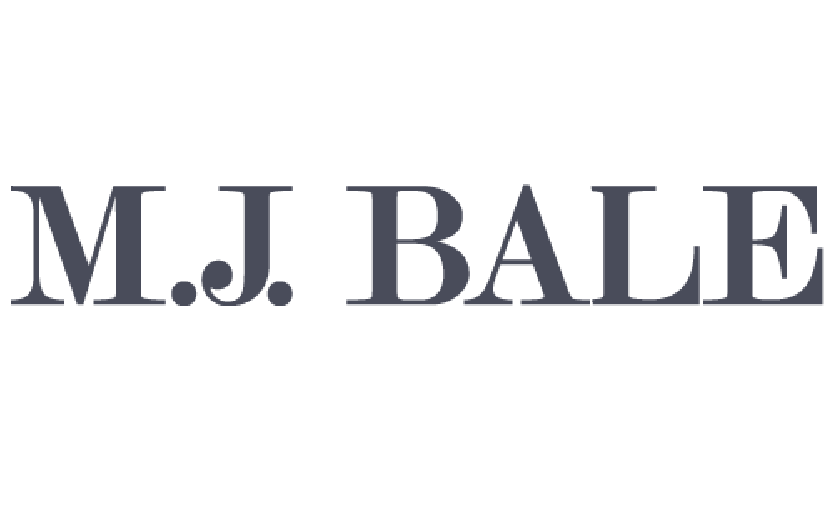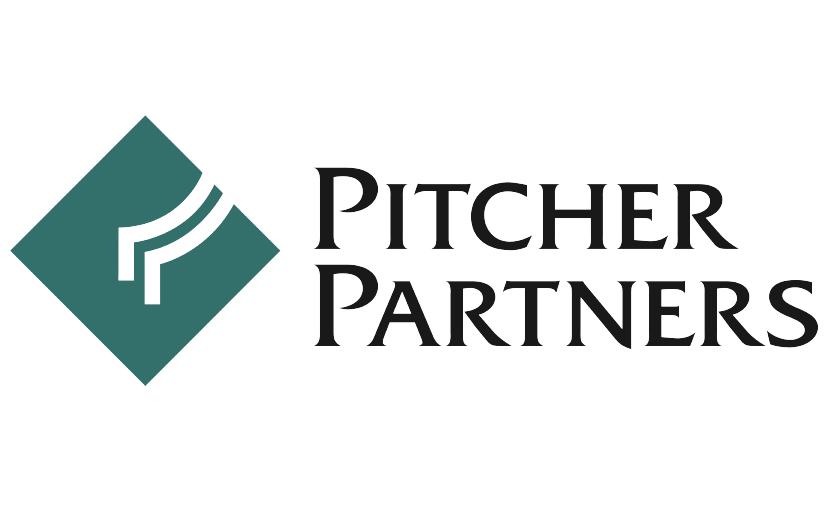How Offshoring Helped EEIS Expand Business Functions

Offshoring solutions can help your onshore team dedicate more time to customer acquisition. Find out how Eagle Eye Insurance (EEIS) did just that with ASW Global and what you can learn from them.
When many people think of the concept of an offshore team, they immediately jump to the idea of outsourcing. The two concepts have similarities in that both see you sending work to an overseas team. But the key difference is that outsourcing involves working with a third party. That means you don’t have control over the company’s culture or its work processes. With an offshore team, you’re actually creating another division of your company. The team is a part of your business and culture. As a result, you can apply your organisational values and processes to the team. Offshoring solutions allow you to save money and time that you can dedicate to other areas of your business. Better yet, you have full control over the team, unlike with outsourcing.
Saving time was exactly what EEIS wanted to achieve with their offshore team. They hoped to use offshoring to give their onshore team the ability to acquire more customers.
The Case Study – EEIS
EEIS is a specialist insurance provider that focuses on providing insurance to those in riskier situations. The business came about as a result of its founder’s frustrations with the insurance sector. He’d worked in leadership roles with several multinational brokers and insurers. Now, he wanted to change the industry’s perception of risk. This prompted him to bring together a team of industry leaders.
They would offer innovative solutions to organisational risks that weren’t common in Australia.
The EEIS team works as partners to each of their clients. They forego the traditional consulting model. Instead, they develop partnerships in which they provide ongoing advice and support.
The Challenges
The key challenge for EEIS came from its own success. The business enjoyed great demand for its services. As its client base grew, so too did the amount of work related to administration and customer service. The company also had ambitions of expanding into international territories. The team travelled to Asia, America, Europe, and South Africa to facilitate this expansion.
It found that many overseas brokers are quick to embrace technological changes that the Australian market hasn’t. This created opportunities for new partnerships.
However, growing the business would be a challenge. EEIS values the personal service that it provides to its clients and partners. But the weight of this administrative work meant that its brokers ended up doing too much paperwork. If left unchecked, this could damage the relationships they’d worked so hard to build.
As noted above, EEIS establishes partnerships rather than acting as external consultants. Its own growth threatened the very model that made it so attractive to its clients.
The company started considering offshoring solutions. However, they needed to ensure any team they built followed the same vision of the company’s founder.
They turned to ASW Global to find an answer.
The ASW Global Solution
ASW Global correctly identified administration as EEIS’ key issue. We created a four-person administrative team in Malaysia on behalf of the company.
Key to this was the alignment of our values with the client’s. EEIS has a great belief in taking care of its employees. As such, they wanted to ensure that their offshore team would experience good working conditions.
Our offices provide exactly that and our culture aligns with EEIS’ vision.
The team also needed to have the necessary skills to do the job. Each of the four members is a qualified broker who speaks fluent English. In fact, they’re so talented that EEIS’ clients don’t even realise that they’re offshore.
The End Result
With this new team in place, EEIS’ onshore team now has the freedom to expand the business. They can maintain their personal relationships with clients and partners. The offshore team handles most of the back office tasks. These include tasks related to customer service and administration.
The establishment of an offshore team helped EEIS bring more innovative solutions to the Australian market.
What Can You Learn
You may find yourself in a similar position to EEIS. Your business may be on the cusp of a growth phase that will place your onshore team under a lot of burdens.
A good offshore team will help. However, it’s crucial that you use the correct solution. Here are the lessons that EEIS learned during their journey that may apply to your business.
Lesson #1 – Define Your Team’s Roles Early On
A team with no focus will not achieve anything useful.
EEIS’ founder says that it’s crucial to define the team’s role early on.
“Before considering an international team, the business needs to have clear and concise understanding of the role and requirements that an international team would fulfil.”

Building an offshore team just to cut costs isn’t enough. The team can help with this, but you need to remember that it’s a new department within your company. As such, the members must have defined roles. Establishing these roles before building the team allows you to search for relevant candidates.
It’s a good idea to create a list of the tasks that you need help with. In EEIS’ case, these all related to admin and customer service. From this task list, you can form the overall goals that you want the team to achieve.
This gives your team focus and makes it feel like a part of the company.
Lesson #2 – Create an Effective Training Plan
Creating a team offshore is not a “set and forget” solution. Your business has standards to uphold if it’s to meet client expectations. Your offshore team needs to meet those standards, which means you have to train them.
EEIS’ founder has this to say about his approach to training:
“Within our industry we have a lot of online training available which was very beneficial. But we sought to provide comprehensive development plans in addition to this and one-on-one support for our new recruits.”
This outlines a great approach to training your new team.
Take advantage of existing resources to provide basic training. This will help the team to understand industry-related issues that are specific to your country.
From there, conduct more company-specific training. Again, remember that this team is a part of your company. As such, you need to ensure the members understand your mission and vision. Use the same training programs that you use for your onshore team. One-to-one training sessions prove useful if offshore team members must work on more specific tasks.
Lesson #3 – Find a Good Partner
It’s always a good idea to conduct research before selecting on offshoring partner.
A combination of experience and a shared culture makes for a great partnership. You need to find a partner that understands the unique needs that you have for your offshore team. Your partner must also have a similar approach to culture and work as your company.

That’s what EEIS did before selecting ASW Global.
“I undertook extensive research of the market but went down the path of ASW as they had experience in the industry, and most importantly provided a similar culture to our business in Australia,” says its founder.
The Final Word
An offshoring solution proved crucial to EEIS’ success. As the company stood on the cusp of growth, it needed a way to handle its growing administrative concerns. The four-person team in Malaysia did just that.
Today, EEIS can focus on developing the partnerships that are so crucial to the business. Furthermore, they can rely on their offshore team to handle customer care and admin issues.
If you’re considering offshoring, make sure you do the following:
● Define your needs and the goals of your team before building it.
● Create a comprehensive training program.
● Work with a partner that understands your needs and shares your culture.
ASW Global can be that partner. Contact us to arrange a FREE consultation to see if we’re the right fit for your business.
